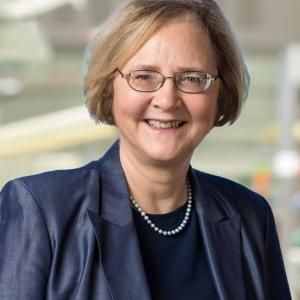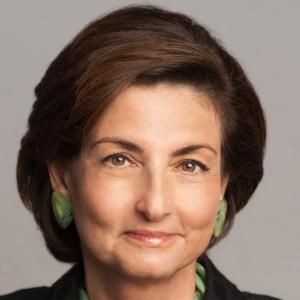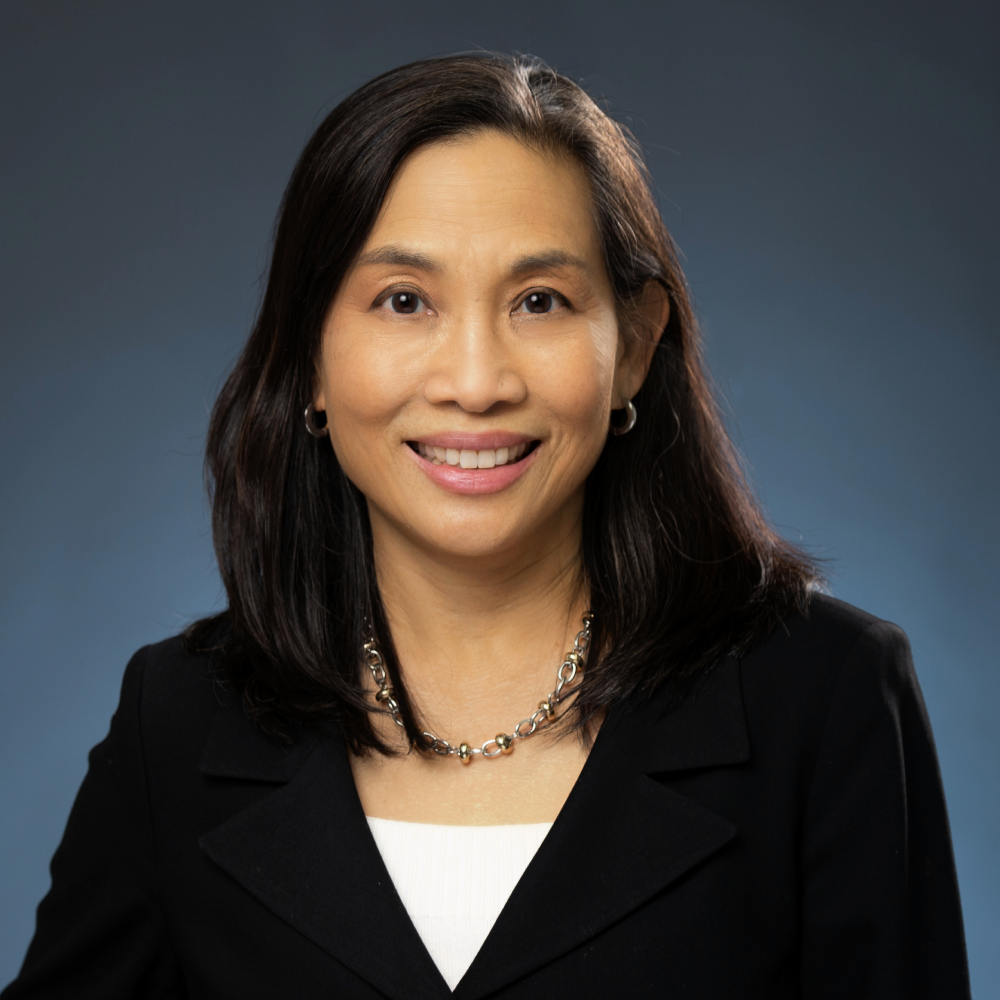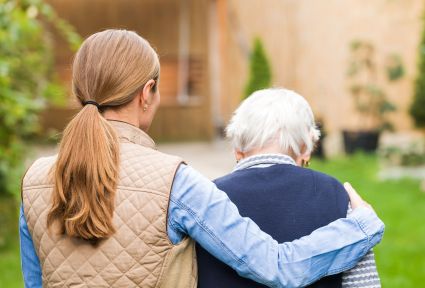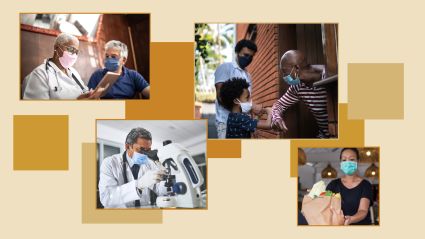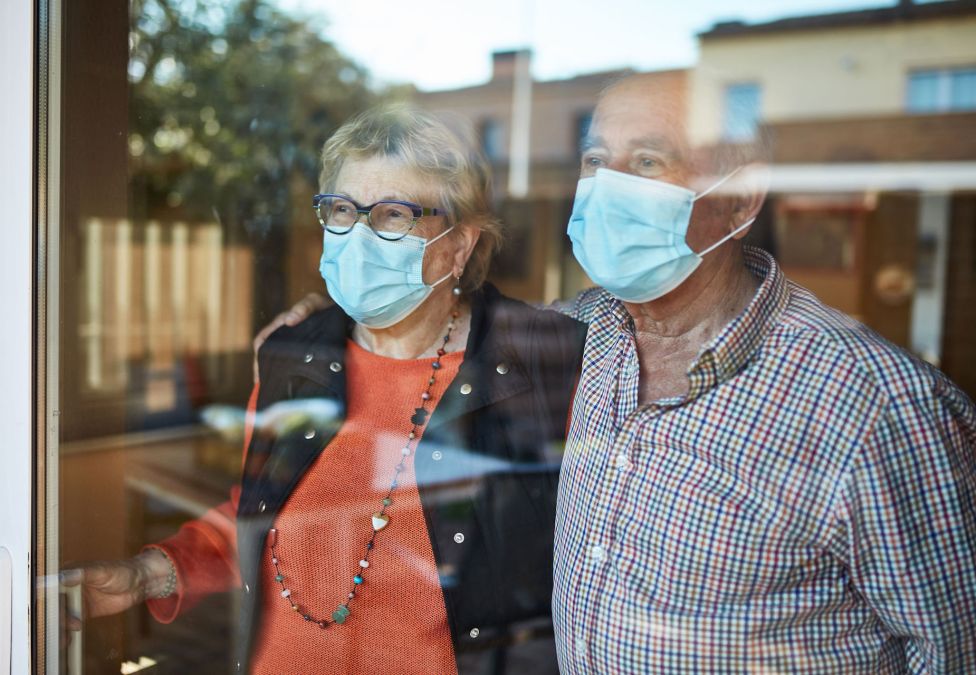
What the USC gerontology school dean sees ahead for older adults
This article is the eighth in a weekly joint series on “The COVID-19 Pandemic and the Future of Aging” from the Milken Institute Center for the Future of Aging and Next Avenue. The articles are Q and As with thought leaders in fields ranging from health care to retirement planning to work to intergenerational relationships.
Milken Institute Center for the Future of Aging: How should geroscience inform the development of vaccines and treatments for COVID-19, and are specific interventions needed that target older adults?
Pinchas Cohen: That's a really good question, and there are several points to make.
First, older adults are by far the group most vulnerable to COVID-19; more than 50 percent of deaths occurred in nursing homes, which of course house the very elderly, and a large majority of total deaths are among people over 65. People in their 70s and 80s may be a hundred times more likely to be hospitalized with COVID-19 and to die from COVID-19.
Geroscience [the science of aging] should inform interventions because the processes involved in the causes of death of COVID-19, particularly those related to so-called cytokine storms [severe immune reactions], are also involved in many other processes involved with the chronic diseases of aging.
Specifically, the process known as inflammaging [a chronic, low-grade inflammation that develops with advanced age], first characterized by Caleb Finch here at our school several decades ago, illustrates how inflammation can contribute to all diseases of aging and points to a target for interventions. This is an area of research and progress that geroscience has been leading for many years.
In terms of vaccines, the initial results are in and are very encouraging; however, we can anticipate based on our experience with flu vaccines that the COVID-19 vaccine may be less effective in older adults than in younger people.
In fact, flu vaccine efficacy is generally not particularly good, and in the elderly it’s even lower—sometimes less than 50 percent.
There's a lot of talk about diversity among vaccine trial participants, particularly ethnic and racial diversity. And while that's clearly important, especially due to the fact that minority groups are more likely to suffer with COVID-19, it's equally important to have age diversity in the clinical trials and to include a sufficient number of older patients.
Geroscience can play a role here, too, in the form of interventions that are being evaluated to improve the efficacy of the flu vaccine response.
Specifically, rapamycin derivatives, which may boost the immune system, are being tested to improve flu vaccine efficacy and are on the verge of being approved. These need to be explored in the context of COVID vaccines as well, as they may bring additional benefits.
Other interventions to improve vaccine efficacy may be needed to protect as many older people as possible.
As we wait for safe and effective vaccines and treatments, are there opportunities to translate geroscience knowledge into actionable information for older adults and their health providers?
Geroscience research has revealed that it is not chronological age, but rather biological age, that really determines your risk of getting severe COVID-19 or dying from it.
So, multiple interventions that improve your biological age—starting with diet and exercise—would be long-term strategies.
Furthermore, medications such as diabetes or blood pressure medications can contribute to controlling chronic disease and improving biological age.
While there is speculation that certain additives such as vitamin C or vitamin D might improve your immunity, the evidence for that is lacking. And I, for one, cannot make a strong recommendation at this time for using these.
Rather than taking supplements, a healthy, diverse diet that includes fruits and vegetables, as well as going outdoors, exercising, distancing, and other safety measures are probably the best ways to protect yourself.
What do you predict will be the most significant long-term impacts of COVID-19 on infectious disease prevention and control, science and innovation, and related policies?
Every aspect of our society, including contingency planning, health-care spending, and the research agenda, is going to be influenced by this pandemic for years to come. Specifically, nursing homes—where the majority of deaths have occurred—will have to be designed to accommodate for future infectious disease concerns.
The second thing I foresee is that this will drive a revolution in access to diagnostics, not just for infectious disease, but for multiple conditions associated with aging, which will allow individuals to perform direct-to-consumer, easy-to-conduct tests at home.
Post-COVID-19, I think that gerontology education will only become more important.
Furthermore, research on the policy and social impact of the pandemic will be prioritized. Research into geroscience, particularly immunosenescence and inflammaging, will be a major goal for the National Institutes of Health.
And prevention of chronic disease, which has really been the biggest risk factor for older adults, will return as a national priority.

